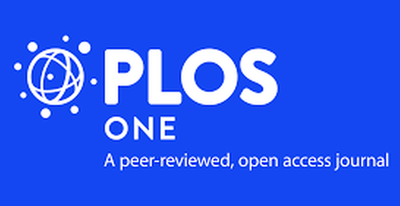Performance-based financing of health services in Tanzania
Results-based financing has been launched as a strategy to increase the use and improve the quality of health services in low- and middle-income countries. Nearly 40 countries are in the process of conducting experiments with this funding model. This project studies the implementation and impact of results-based funding of maternal-child health services in Tanzania. Results-based financing means that health clinics and / or health workers receive cash in relation to how they are performing. Results may for example be measured as the number of patients who have received a service, what proportion of a patient group that is reached by a certain type of prevention or treatment, the extent to which health clinic meets various quality standards, etc. The idea is that such incentives will encourage greater efforts to raise the quality of care and increase the number of clients. Many express great expectations that results-based financing may create a new momentum for strengthening health services in low- and middle-income countries. Besides the increased use of financial incentives results-based financing normally involves increased autonomy for health service providers, increased monitoring and supervision, greater possibilities to hold service providers accountable, and, perhaps most importantly, greater attention to achieving "results". This will stimulate creativity and enhance efforts to solve the challenges that exist. Others have pointed out that results-based financing can also have negative effects in that attention is shifting away from those tasks that are not related to incentives, cheating in reporting on results, major costs associated with the verification of results, as well as danger that monetary incentives over time may weak health workers' intrinsic motivation. We have previously studied the short-term effects of a pilot in the Pwani region, and with this project we will be able to study also more long-term effects. The project will also follow the national implementation of results-based financing. Findings to date: After one year of results-based funding in Pwani region we found an increase in two out of eight indicators that was related to incentives; the proportion who gave birth at a health clinic increased by 8 percent, and the proportion who received malaria prophylaxis during pregnancy increased by 10 percent. We found no increase in vaccination coverage. The proportion who had to pay to give birth at a health clinic fell by 5 percent. After three years of results-based financing, we find that the effects are smaller than they were after one year. The increase in the percentage who give birth in health clinic is now 4 percent compared to the control region. This is not because there are now fewer who give birth at clinics in Pwani - on the contrary. This share has increased from 85% before the intervention started, to 92% after three years. In the latter part of the period, however, growth in the control region was even stronger than in Pwani. Thus, a smaller part of the increase can be attributed to results-based financing. The results suggest that performance-based funding has helped to accelerate a trend towards increased use of these health services. A qualitative study of how results-based financing has affected interaction and accountability in the health system indicate that the supervision of health clinics were conducted more regularly and with feedback that is more extensive. Results-based financing reduced the interruption of service delivery due to broken equipment as well as drug stock-outs, due to increased financial autonomy and responsiveness from managers. Management practices became less hierarchical, with less emphasis on bureaucratic procedures. Furthermore, the material suggests that health workers treated pregnant women more kindly. The results from the ongoing process evaluation of the national implementation show that many health clinics have made significant investments to raise the quality of services, including improved availability of drugs. Payments seem to be reaching most health facilities and health workers, although the number of payouts seems to be somewhat behind schedule. The way payments are distributed among health workers seems to be considered as fair by most of the interviewees. However, the knowledge among health workers about which services are incentivized, seems to be weak. They are able to mention less than half of the incentivized service coverage indicators. The general low awareness of RBF indicators might negatively affect the HW's ability to make targeted efforts to improve the indicators. There have been delays in the inclusion of Community Health Workers in the program. So far, less than half of these workers have received any payments. We have also documented that health workers strongly underestimate the prevalence of stunting in their communities, which is likely to reduce their efforts to improve child nutrition.















